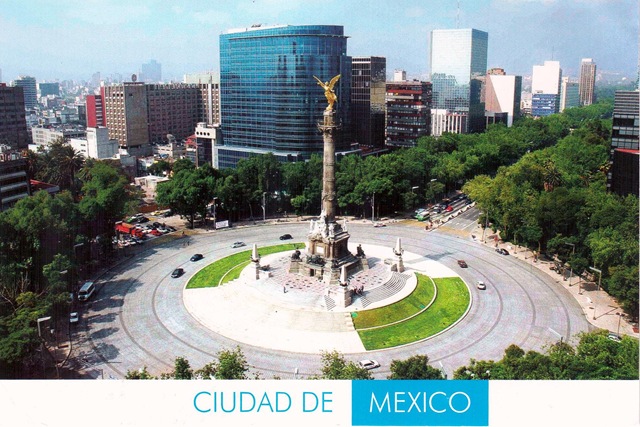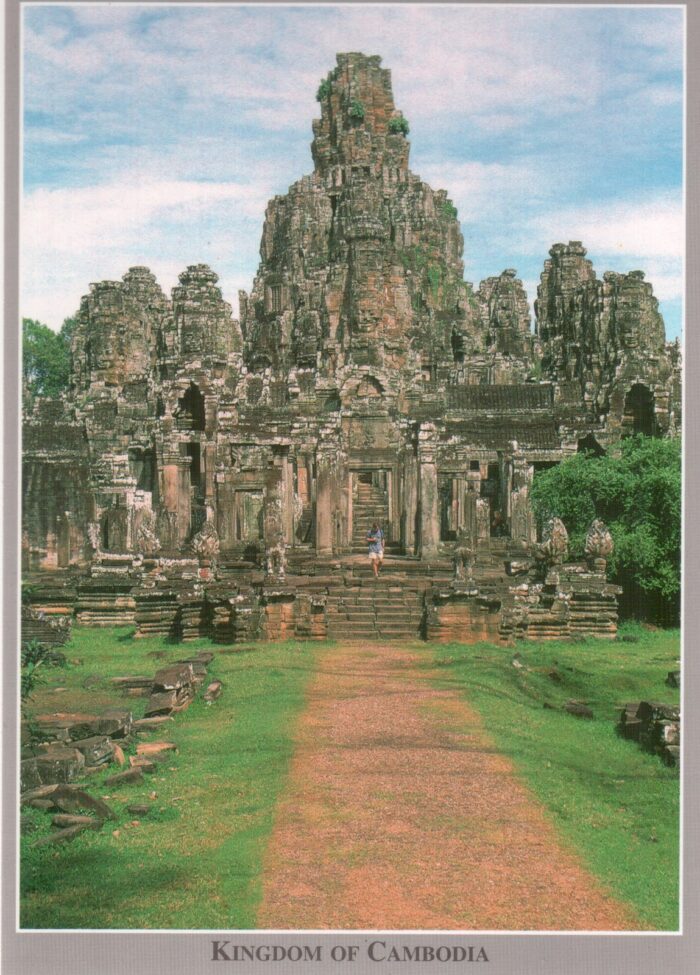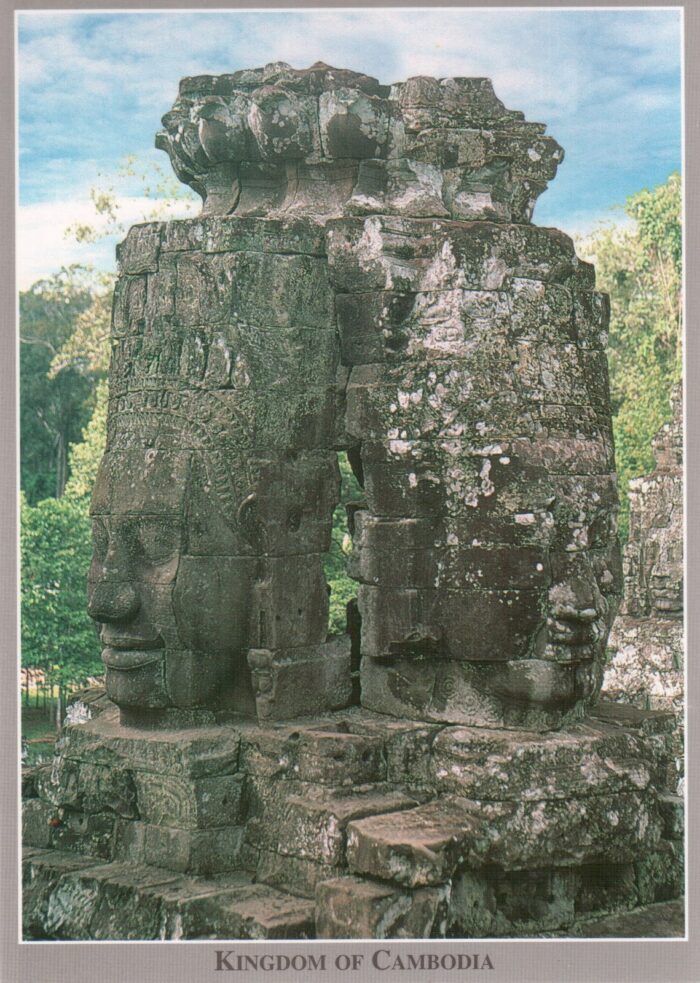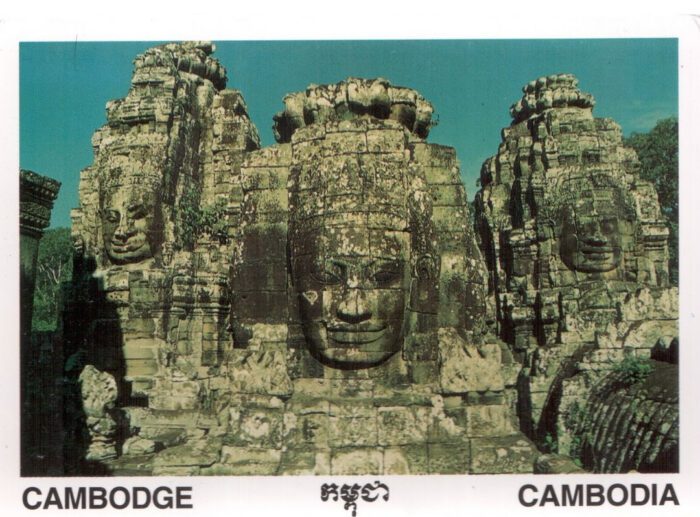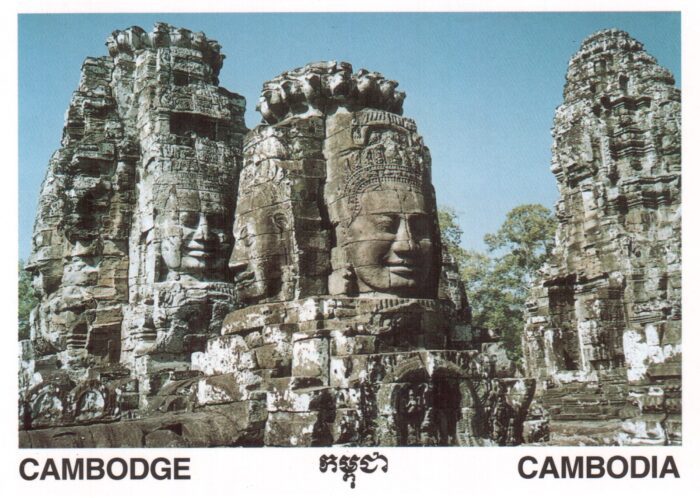This week’s postcard, a gift from the lovely Arlene over at I Love Postcrossing, is a true treasure. It features a stunning oil painting by the renowned Filipino National Artist (the first ever!), Fernando Amorsolo. The postcard, showing one of his masterpieces, is a nostalgic window into a bygone era of the Philippine countryside.
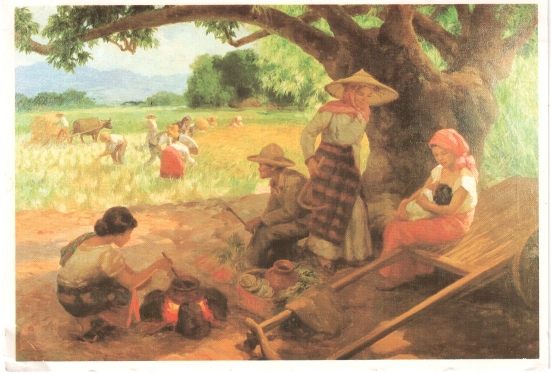
Imagine a bustling rice harvest scene, painted with lifelike detail and bathed in warm sunlight. Women work side-by-side, tirelessly in the fields, their laughter mingling with the gentle breeze. Amidst the hardworking farmers, there’s a tender moment with one woman pausing her labour to nurse her baby. This simple act captured beautifully, speaks volumes about the heart of Filipino life. This was a time when communities came together to celebrate the fruits of their labor with feasts, music, and dance.
It’s fascinating to learn that Amorsolo’s journey to becoming a master began humbly. His mother’s embroidery helped support him, and young Fernando even sold his own watercolour postcards!
Amorsolo’s genius lies in his ability to capture the essence of Filipino. life. He was a master of light and shadow (chiaroscuro), using his signature backlighting technique to create scenes that feel almost ethereal. His works are a beautiful blend of realism and impressionism, drawing you into the heart of the painting. It’s no wonder he is nicknamed the Grand Old Man of the Philippine Art, a true National Treasure!
A big thank you to Arlene for sharing this piece of Filipino heritage with me. It’s a reminder of simpler times and the enduring beauty of our country.
